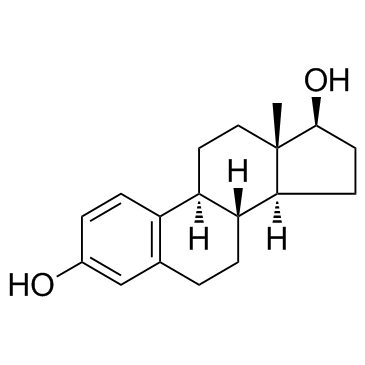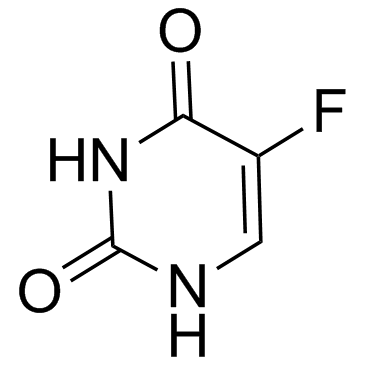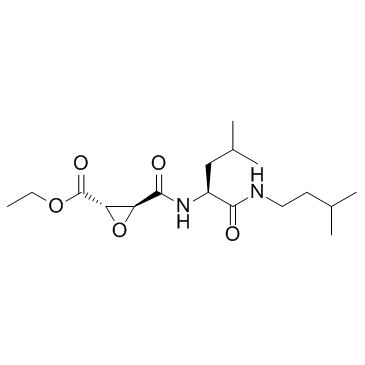| Structure | Name/CAS No. | Articles |
|---|---|---|
 |
sodium chloride
CAS:7647-14-5 |
|
 |
beta-Estradiol
CAS:50-28-2 |
|
 |
Fluorouracil
CAS:51-21-8 |
|
 |
SODIUM CHLORIDE-35 CL
CAS:20510-55-8 |
|
 |
Acid Red 52
CAS:3520-42-1 |
|
 |
E-64d
CAS:88321-09-9 |